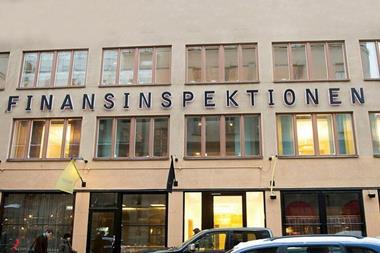The strong relative growth of the Asian economies when compared to Europe and North America and the relative immaturity of many of the retail property markets – Singapore, Hong and Japan being notable exceptions – gives rise to investment opportunities for retail centres that are well positioned and managed for long-term performance rather than to capture short-term trends.
We are very positive about the retail sector in most of Asia’s major economies. We see clear opportunities in China, Malaysia and Korea. The Singapore retail property market is probably the most ‘core’ market in the region. Risk adverse investors can get exposure to this sector now through the new Singapore REIT market. Drivers in Singapore will continue to be limited supply of quality, well managed centres which will be boosted further by the further strengthening of the Singapore economy. For China however supply is less of a factor, the key drivers for the China retail market will continue to be the underlying economic and demographic changes in the country and perhaps equally important quality of asset management. There are few, if any, Chinese retail centre asset management companies with experience of managing large scale shopping centres through more than one property cycle, the proven ability to create and enhancing value over the long term will be critical for the confidence of international institutional investors considering investing in the China retail market.
The risks in Asia are diverse and significantly less transparent than those faced by investors in the more mature markets of the US and Europe.
To date western international institutions have not invested heavily in Asian retail property funds. The main reason for this being that there has in general been a lack of both public and private investment product. The other being that the markets have in general been very tightly held with the local landlords holding their assets and not being willing to sell them in to funds.
The advent of the REIT market in the region has started to change this providing investors with a more liquid vehicle through which to get access to the sector and also encouraging local developers / owners to sell their assets to these new vehicles often while keeping a stake in the new fund.
It is hard to generalise across so many markets but in general the retail sector will demonstrate lower volatility of returns and a relatively high income component of total return. However it is management intensive and requires experienced asset managers in order for these returns to be sustained over the medium to long term. The very size of the assets also makes large retail centres relatively illiquid and as mentioned above they do not trade regularly and are therefore only really viable investments for larger public and private investment funds or institutions.
Institutional investors around the world all at least consider investments in retail property. However for smaller institutions they are basically unable to invest in shopping centres for their own account as the individual transaction volume is simply too large. They therefore look to pooled vehicles to get exposure to the sector.
Currently our investment activities are focused on Korea, China, and Malaysia due mainly to strong economic fundamentals and attractive investment returns.
Richard Price is managing director of ING Real Estate Investment Management, based in New York












No comments yet